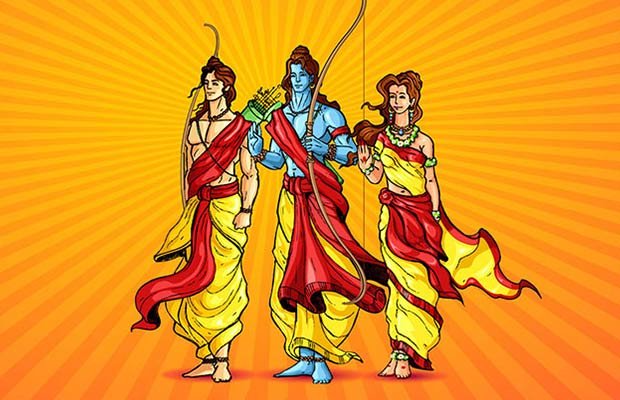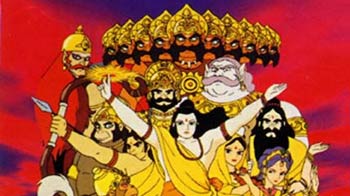India is known for its rich culture and practices. We Indians are very particular about certain traditional practices like greeting elders by joining hands, fasting on particular days. Similarly a married woman is supposed to wear sindur, bindiand accessories. These practices and observed and followed widely in the Indian society.
You will be surprised to know that all these traditional practices are scientifically proven to have certain benefits. In this blog post we will be sharing some traditional practices followed by us in day to day life along with the benefits they hold.
- Joining hands and greeting the elders
You will be shocked to know that the gesture holds not only a moral conduct, but it also affects your senses. The act of joining hands presses the pressure points of eyes, ears and mind which makes you remember the person for a longer period of time.
- Earlobe piercing
Earlobe piercing is a common practice in India. Girls generally get their ears pierced at a very young age in our country. You will be amazed to know that the practice has a medical benefit too. It is believed that it helps in regulating the menstrual cycle in girls.
Among boys, the practice is not so common anymore, but is followed in some parts of India. In boys the practice of ears piercing prevents them from hernia.
- Use of silver cutlery while having food
The silver cutlery that we use while having food, has anti-viral and anti-bacterial properties which keep the food fresh, thereby saving us from a stomach infection.
- Eating with hands
Eating with hands is a practice followed in many states of India. Eating is supposed to be a sensory experience and it is said to evoke emotion and passion. According to the Vedas hands are the most precious organs for any action. Through the thumb comes space, with the forefinger comes air, the middle finger is fire, the ring finger is water and the little finger represents earth. Eating with one’s fingers stimulates these five elements and helps in bringing forth digestive juices in the stomach.
- Fasting on particular days
According to Indian tradition, one is suggested to keep fast on particular days like in navratra, this has a direct impact on the health of an individual. This is suggested because during this period, there is a change in the season and a human's digestive system is said to be weaker in the changing season, so there are more chances of having stomach related problems, hence it is advised that during this time one should have more and more fruits and avoid heavy meals.
- Wearing jewelry
Wearing jewelries like necklace, bracelets, bangles etc. are considered to be a part of Indian practices especially for the married women. You may be shocked to know that these jewelries play an important role in keeping you healthy. Silver jewelry helps in balancing the elements of the body and that is why Silver is widely used in the jewelry making.
Similarly, wearing bangles regulate blood pressure. It increases the circulation of blood. The toe ring that a woman wear after her wedding, creates pressure on the nerve that is connected to the uterus. This affects the fertility of the woman in a positive way.
Another common practice followed in our country is getting the nose pierced. In states like Uttarakhand, the big gold nose ring is seen as a sign of higher status in the society. Practices of nose piercing is common in other states like Himachal, Punjab, Gujarat, Rajasthan, Maharashtra etc. Nose piercing is said to regulate the menstrual cycle in women and it is also believed that it reduces the pain that happens during childbirth.
- Wearing a bindi
Another common practice that especially married women follow, is wearing a bindi. A red bindi is generally worn by the married women in India. The bindi is worn between the eyebrows where the pineal gland lies. It is an important nerve center that helps to keep one calm. When you apply the sandalwood paste bindi, it is more effective for your health. Wearing a bindi is associated mystical 3rd eye. This helps in increasing the focus and concentration power.
So if you are one of them who follow these practices, then don't just follow them blindly, but pass on the scientific knowledge associated with them, in the society.
- The Roving Feet











